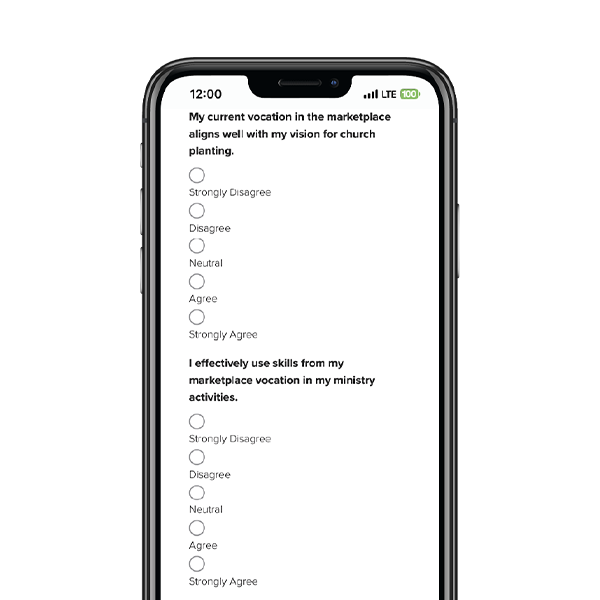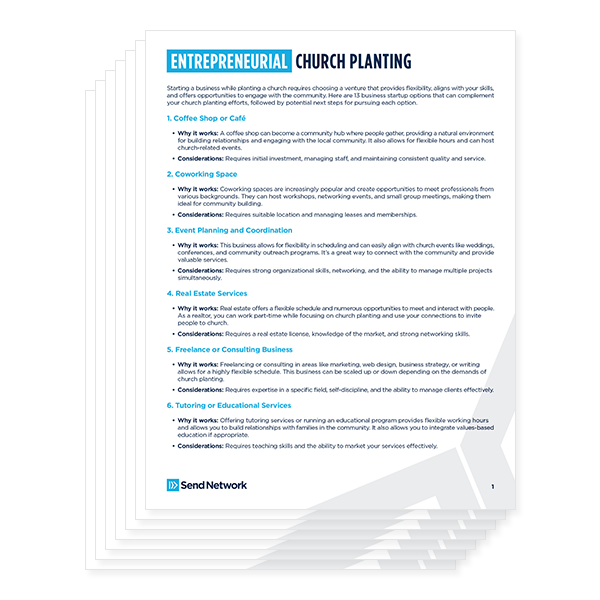When I planted a church many years ago, I realized pretty quickly that I did not fit the traditional “pastor” role. I worked hard at trying to be a better shepherd. But regardless of all of my attempts to sharpen those ministry skills, I knew I didn’t live up to expectations that others had of me as their leader.
Instead, I knew I was created to start things, to pioneer, to architect and innovate. As I began to engage APEST (The functions of Apostle, Prophet, Evangelist, Shepherd, Teacher in Ephesians 4), I realized my calling, or vocation, was much more apostolic. For the first time, I understood how my gifting fit into the body of Christ.
Further, I always struggled with how “non-pastors” fit into the mission and ministry of the church. The only lens I had in my early days of ministry was for “lay-people” to become pastor/teachers (like me and every other pastor), or to be available to volunteer for empty slots in my ministry plan. APEST helped me see that the five-fold gifts are given by Jesus to the body, not simply leaders.
Therefore, APEST provided a biblical framework to activate all the people of God for the maturity of the body (help to diminish the clergy-laity divide), but at the same time it also provided a way to understand how our vocations fit into the marketplace, or broader culture (helping to diminish the sacred-secular divide).
Today when someone asks me how church planters should think about APEST and planting teams, I usually start with this simple five-part progression:
1. The planter needs to first understand their own gifts in light of APEST, because it will influence what they focus on. (i.e. Teachers often move quickly to the Sunday gathering so they can teach, Shepherds lean toward the gathering community, Apostolics will continually push to start new things, etc.)
2. The church planter needs to understand the make-up of their planting team and recognize what APEST gifts may be missing. When planters think of teams, they usually think of ministry “categories” like worship leader, youth pastor, children’s director, etc. However, I suggest they should think of a fully-functioning APEST team, which will mean they need to identify and activate all five callings.
3. The planter will need to determine how each gift will have equal input into the mission and ministry of the church plant. How will they listen well to the other gifts? It is crucial to recognize that Ephesians 4 states the body of Christ will not experience maturity and “fullness in Christ” if all the gifts are not activated and expressed.
4. The team will then need to determine how to ensure the equipping of the saints. How will the church encourage and empower those with the gift of teaching to equip other teachers? How will those who have an apostolic calling fan the flames of other “sent ones”? How will the gifted evangelist equip others who have the evangelistic calling?
5. Finally, how will they measure “success” from an APEST perspective? How can APEST become the new (and more comprehensive) marks of the church? I encourage planters to consider how the church plant is living into each of these functions of the church: Missional Impact (A), Covenant Faithfulness (P), Gospel Proclamation (E), Reconciled Community (S), and Deep Wisdom (T).
For more on this topic check out, Covocational Church Planting: Aligning Your Marketplace Calling with the Mission of Godpublished by the Send Network. You can download the free e-book here: https://www.namb.net/send-network-blog/ebook-covocational-church-planting/,
Published May 23, 2019




